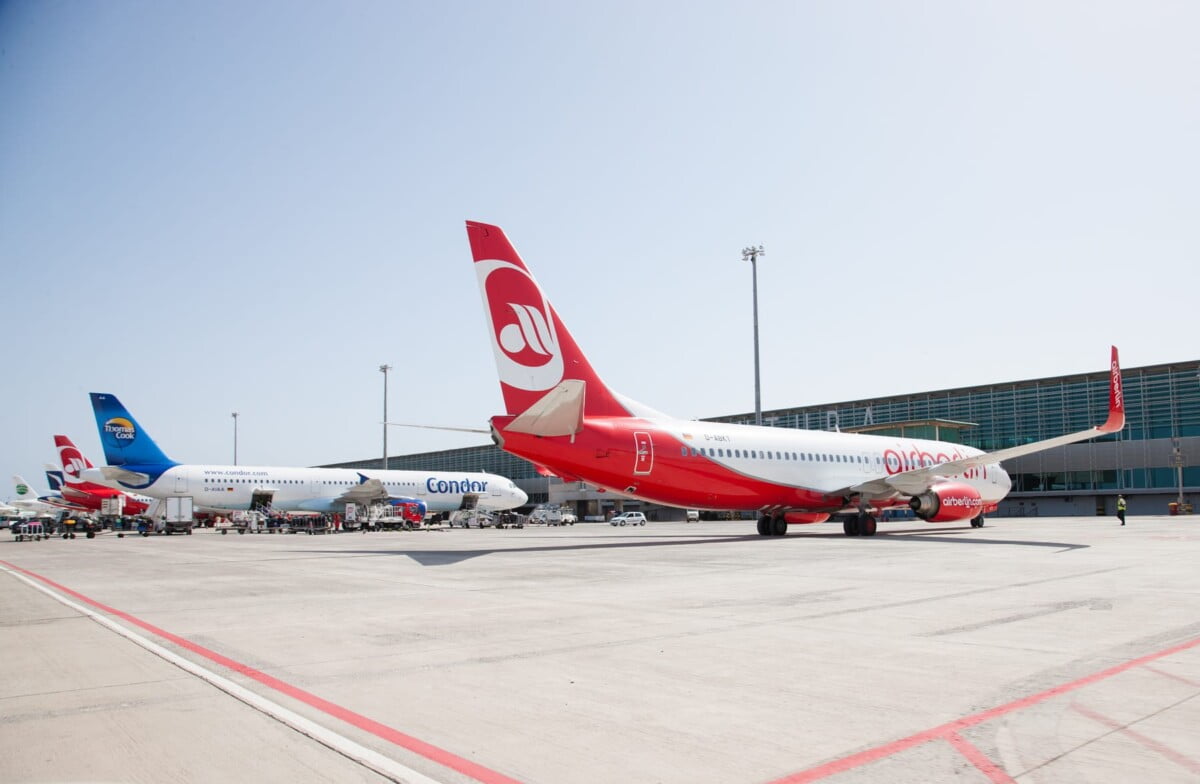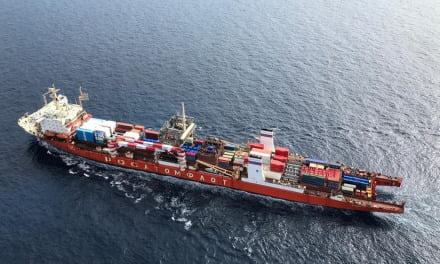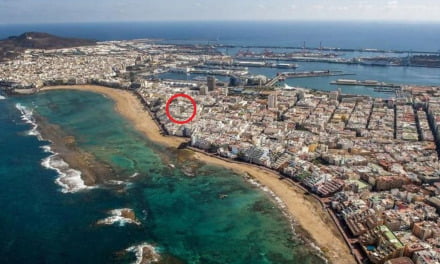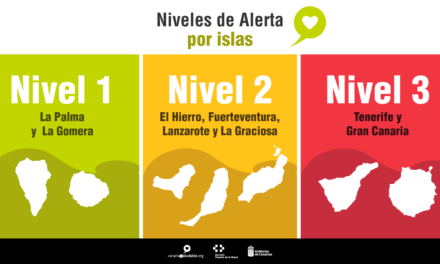Gran Canaria has received nearly 700,000 foreign tourists during just the second quarter of this year, according to data collected by Spanish airport authority AENA. A total of 699,949 non-national visitors landed at Gran Canaria airport to enjoy a few days of vacation. This figure represents the fifth best on record, corresponding to the months of April, May and June, since data began being collecting in 1990.
 “The tourist arrival data is good considering the scenario of economic recession in which we find ourselves and, despite the fact that we perceive the desire and willingness to travel to Gran Canaria, this makes us cautious for the immediate future, since we are returning to a period of uncertainty and last-minute reservations as a result of economic inflation and the war in Ukraine, something that fully affects the Nordic and German markets”, explained Gran Canaria’s Head of Tourism, Carlos Álamo.
“The tourist arrival data is good considering the scenario of economic recession in which we find ourselves and, despite the fact that we perceive the desire and willingness to travel to Gran Canaria, this makes us cautious for the immediate future, since we are returning to a period of uncertainty and last-minute reservations as a result of economic inflation and the war in Ukraine, something that fully affects the Nordic and German markets”, explained Gran Canaria’s Head of Tourism, Carlos Álamo.
“After a first few months of the year with low tourist client numbers due to uncertainty, mainly in the Nordic and German markets, since then we have maintained very similar numbers to those of 2019, a year among the most outstanding in the history of the Island” pointed out the counsellor.
“Luckily, losses among these customers are being offset by the notable increase from other markets, which are responding very well, such as the French, Austrian, Belgian, Dutch and national markets, which has allowed us to reach the fifth highest number of arrivals in the history, for these spring months. That is why we have reinforced all the campaigns and initiatives to promote these markets and we are working with even greater attention, if possible, on the British market, which is doing very well, both on other islands and on this one”.
Of this year’s totals the British market contributed 211,000 customers, while the German market approximately 110,000, both -1% in the comparison with the pre-pandemic year. The French market grew by 43% compared to 2019; the Dutch 19%; and the Italian 45%.
Regarding the forecasts, the Cabildo counsellor expressed caution regarding the number of seats offered which does present a considerable improvement compared to 2019. “We have more seats, more routes and better direct connections with the main European cities. An example is the effort made by Binter and the new routes with Gran Canaria, about which we are pleased because it is good for the island. The problem lies in the uncertainty involved in being able to fill these places, since reservations are now being made at the last minute due to economic instability,” he argued.
The annual variation in the number of air seats is expected to rise, with an estimated figure of 5.3% higher in 2022 compared to 2019, which represents a positive difference compared to 2021 of 22.6%. The total number of national and international air seats planned for the Q3 period between July and August of this year stands at 838,102 compared to 795,960 in the same season of 2019.
259,935 tourists arrived in May showing a clear recovery in the sector, reaching figures close to that of the same month in 2019, when 261,250 tourists arrived on Gran Canaria, which represents only 0.5% less than one of the years with the best arrival data in the history of the destination.
Along the same lines, already during April 2022 the tourist arrival data registered and increase over the same period of 2019, reaching a total of 356,410 tourists compared to 324,648 in the year prior to the pandemic.
The accumulated arrivals between January and May, show a good inter-annual rhythm for tourist activity on Gran Canaria, with total arrivals being only 20% lower than in January-May 2019, with 1,492,791 having been received this year and 1,866,272 in the year prior to the pandemic. The rebound in the sector reflects a recovery that has been gaining strength since the restrictions have been eased, and an increase in traveler confidence has been generated.










